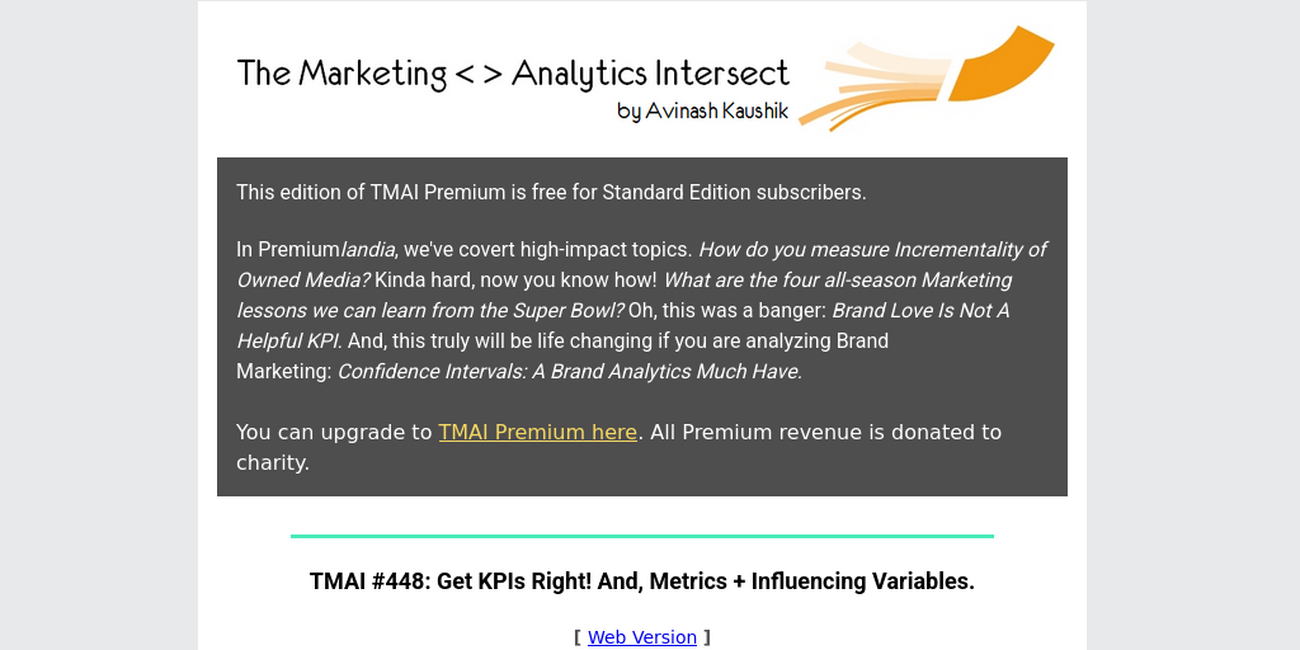This workbook introduces the 'double three-layer' framework for event structures, organized by customer, product, and interaction layers. It's designed to help teams build a lean, analyzable event taxonomy that ties directly to business questions. Essential reading for anyone starting a tracking setup from scratch.
Tracking Plan & Event Taxonomy
Defining the canonical list of events and properties; object-action naming conventions; required vs. optional attributes; versioning and deprecation; single source-of-truth documentation; approval workflow for adding or changing events to prevent schema drift.
11 resources on this topic
Building Scalable Product Analytics: A Framework for Custom Event Taxonomy & Governance
Tracking Plan & Event TaxonomyThis framework balances two pillars: how to structure events (verb-noun naming, hierarchies, required properties) and how to govern them (ownership, versioning, validation). It's a great blueprint for teams dealing with scale and event sprawl.
Guide to Customer Data Tracking Plans: Why They Matter and How to Build One
Tracking Plan & Event TaxonomyThis guide explains the purpose and structure of a tracking plan, including what to log, where, and why. It includes tactical steps for plan rollout, collaboration, and long-term maintenance. Useful for teams looking to formalize their tracking strategy.
Victor Ackerhans suggests starting from the business questions you want to answer and designing events backwards from the dashboard. His three-step guide is practical for small teams and early-stage companies just getting into structured analytics.
Paul Koullick argues that naming events well is a UX challenge. He lays out conventions for naming (verb-noun, title case, property bias), and introduces a workflow where every new event is reviewed for clarity and governance. Great for scaling teams.
Julius Fedorovicius explains GA4’s event model, then builds custom click tracking step by step—ideal for learners who need practical instruction on sending site-specific interactions to GA4 through GTM.
Discover the hidden root cause of your analytics woes and unlock unprecedented insights with this insightful guide. Learn proven techniques to diagnose and address the underlying issues that plague your data analysis, empowering you to make data-driven decisions with confidence across marketing, product, and business domains. This essential resource equips analytics professionals with the skills and strategies needed to transform their data into actionable intelligence and drive meaningful impact within their organizations.
Foundational concepts and best practices for defining, categorizing, and documenting key performance indicators (KPIs) and other business metrics. Covers the taxonomy of leading vs. lagging, input vs. output, and actionable vs. vanity metrics, as well as establishing naming conventions and a single source of truth for metric definitions.
This article provides an introduction to server-side tracking, highlighting the potential benefits and drawbacks of this approach compared to traditional client-side tracking. It covers the technical aspects of server-side data collection, including latency, schema, and cost trade-offs, as well as the implications for data privacy and compliance.
Techniques and best practices for implementing client-side data tracking on web and mobile applications, including SDKs, virtual URLs, element selectors, event throttling, and handling browser quirks like ad-blockers and ITP/ETP.
Overview of key performance indicator (KPI) fundamentals, including definitions of leading vs. lagging, input vs. output, and actionable vs. vanity metrics. Discusses best practices for creating a consistent metric taxonomy and documentation.






